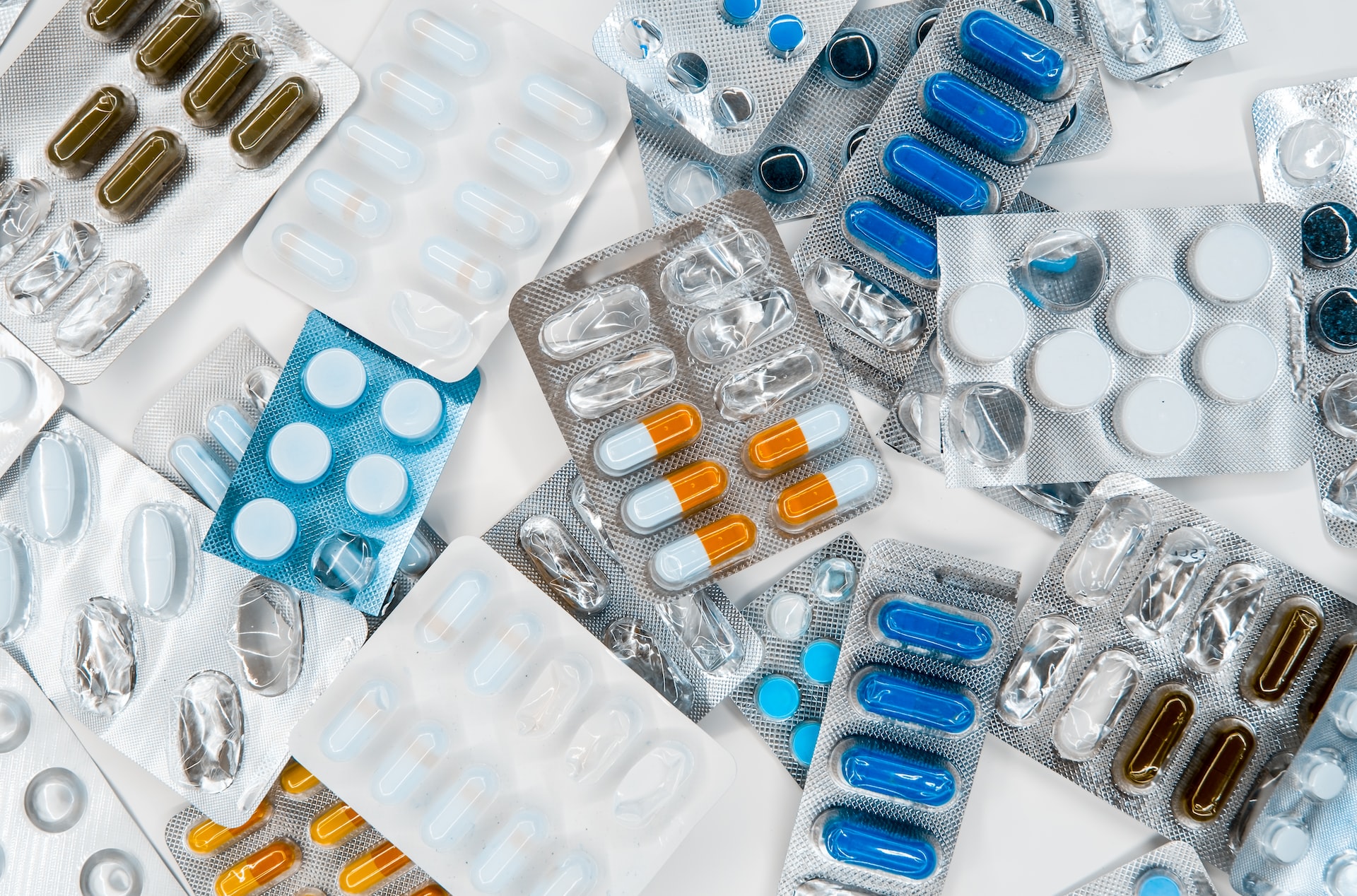A study by Lancet reveals that Indians consumed excessive antibiotics during and before the COVID-19 pandemic. Azithromycin 500mg tablet was the most consumed drug followed by a Cefixime 200 mg tablet.
The research published on September 1 in Lancet Regional Health-Southeast Asia said that most of these antibiotics were unapproved by the central drug regulator and called for “significant policy and regulatory reform”.
The research was significant in the sense widespread inappropriate human use of antibiotics leads to antibiotic resistance in India.
The study found that despite India being the largest antibiotic consumer in absolute volume, the country lacks a formal system of antibiotic use surveillance to steer an antimicrobial stewardship program like those found in the US and Europe.
“India consumes a large volume of broad-spectrum antibiotics, including azithromycin that should ideally be used sparingly. Broad-spectrum drugs are meant to be used when we have confirmed multiple bacterial infections, or we have a strong suspicion, especially in certain patients, who are at high risk,” said Dr. Muhammed S haffi, lead author of the study.
“Using them for even trivial upper respiratory tract infections, which are mostly viral infections, is a threat to preserving the potential of available antibiotics,” he added.
The researchers at Boston University, US, and Public Health Foundation of India, New Delhi, scrutinized the private sector antibiotic use, which accounts for 8590 percent of the total consumption in India.
The researchers studied the data collected by a panel of 9,000 stockists who store products from almost 5,000 pharmaceutical companies.
The yardstick used was defined daily dose (DDD) to calculate the per capita private-sector consumption of antibiotics.
Notably, the data set excluded the drugs distributed through public facilities. Such dispensation represents 1520 percent of total drug sales in the country, as per the studies and national health accounts estimates.
The study revealed that the total DDDs consumed in 2019 was 5,071 million, which means 10.4 DDD per 1,000 population per day.
“Twelve antibiotic molecules constituted 75% of the total consumption. Azithromycin was the most consumed antibiotic molecule (640 million DDDs, 12.6%), followed by cefixime (516 million, 10.2%). Azithromycin 500mg tablet was the most consumed formulation (384 million DDDs, 7.6%), followed by cefixime 200 mg tablet (331 million DDDs, 6.5%),” the researchers said in the study.
“Formulations listed in the NLEM (national list of essential medicines) contributed 49.0% (2486 million DDDs); FDCs contributed 34.0% (1722 million), and unapproved formulations contributed 47.1% (2408 million DDDs),” they added.
The study mentioned that there were 1,098 unique formulations and 10,100 unique products (brands) of antibiotics in India.

